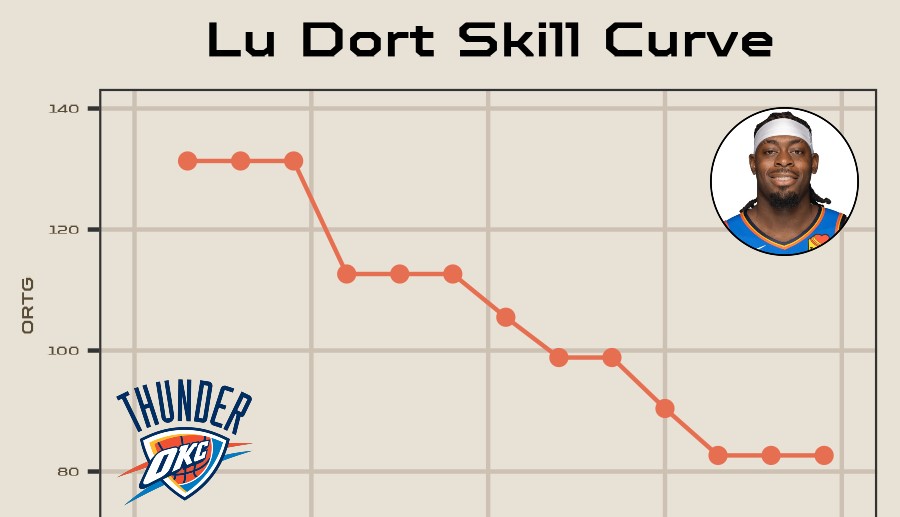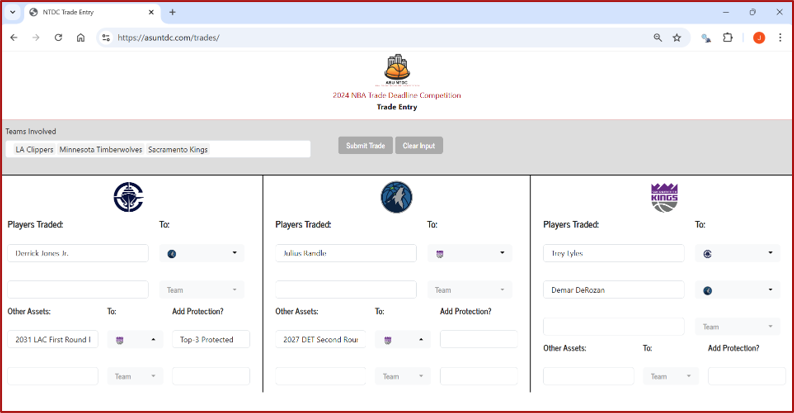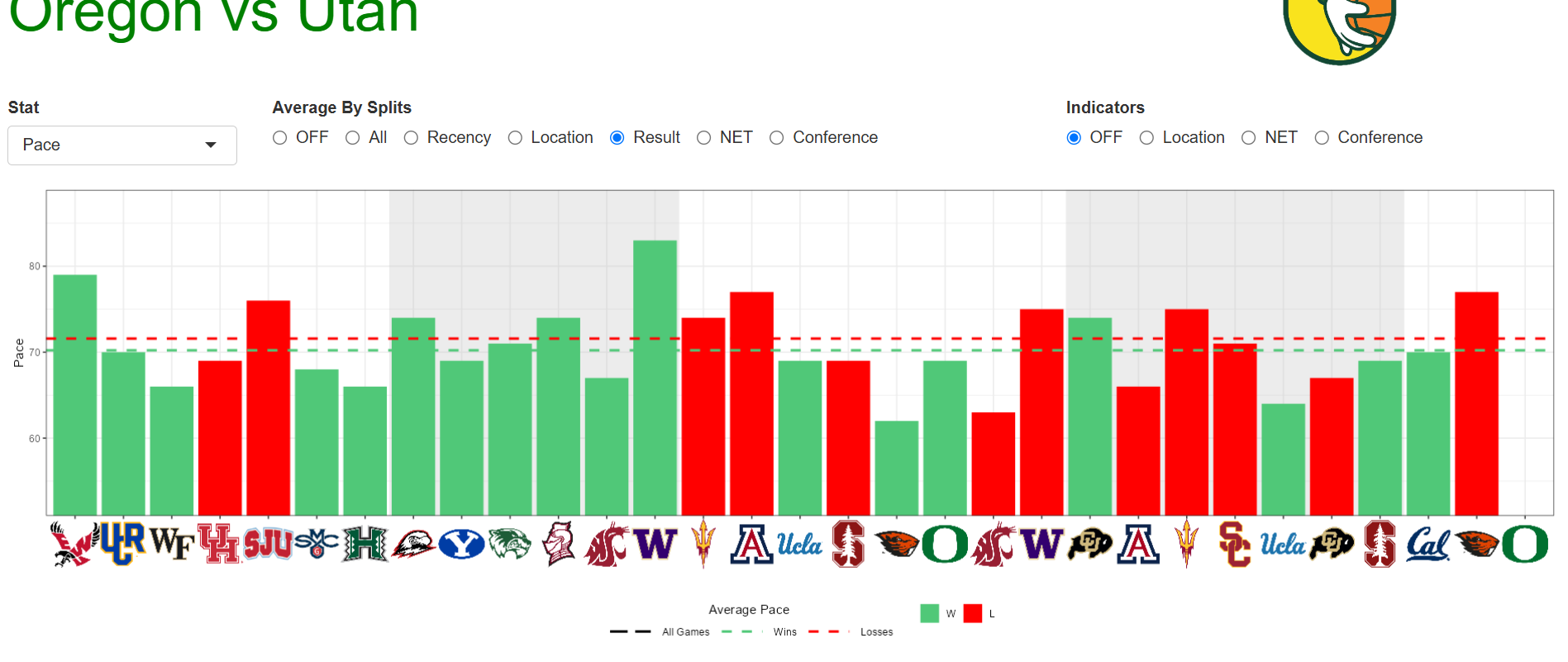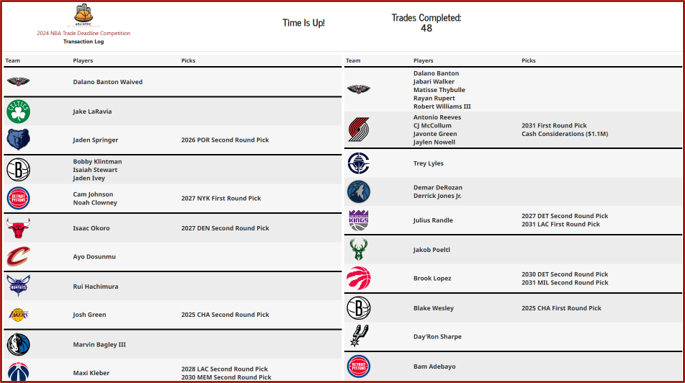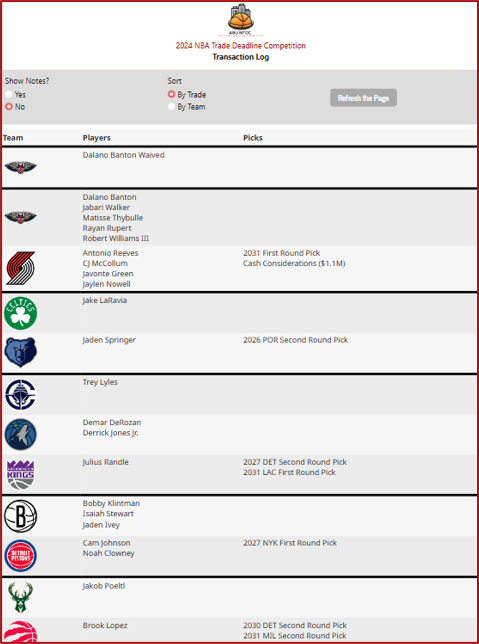About Me

Hi! I am a skilled data profesional and a lifelong basketball junkie. After my playing career ended at the high school level, I got my first job in hoops as a Student Manager for Texas A&M Men's Basketball. After getting to work under two head coaching regimes during my time there, I realized my dream was to have a long career working in basketball.
Since then, I've been able to build valuable experience both in and out of basketball. However, my passion towards working in hoops has not faded, and I am more determined than ever to earn a role in an NBA front office. I miss working hard as part of a team towards a common goal, and there are so many things about working in sports that I haven't found to be replicated in any of my other roles. I am confident in the skillset that I have been building, and I am excited to find a role where I can make significant contriutions while continuing to learn and grow every day!
Analysis
R: dplyr, ggplot2, gt, plotly, reactable, tidymodels
Python:Pandas, NumPy

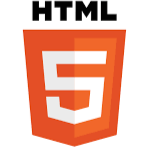
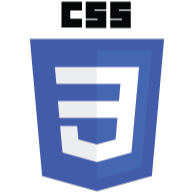
Development
Currently working on learning React
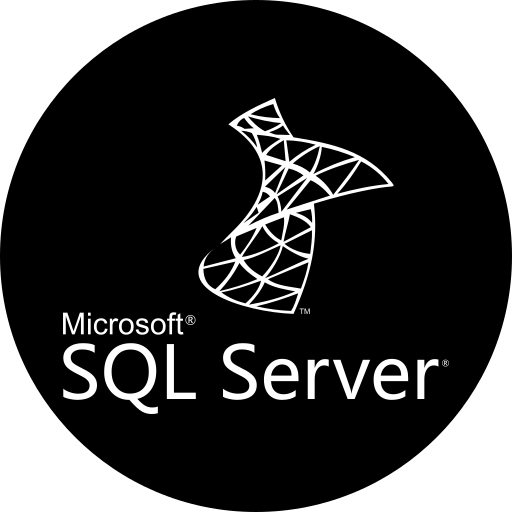

Other
AWS: EC2, S3, Athena
Experience with Big Data, including using Hawk-Eye Basketball data to create rebound metrics.
Skilled webscraper and data cleaner
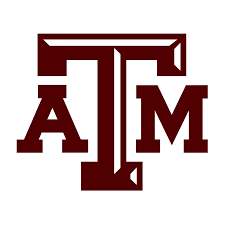
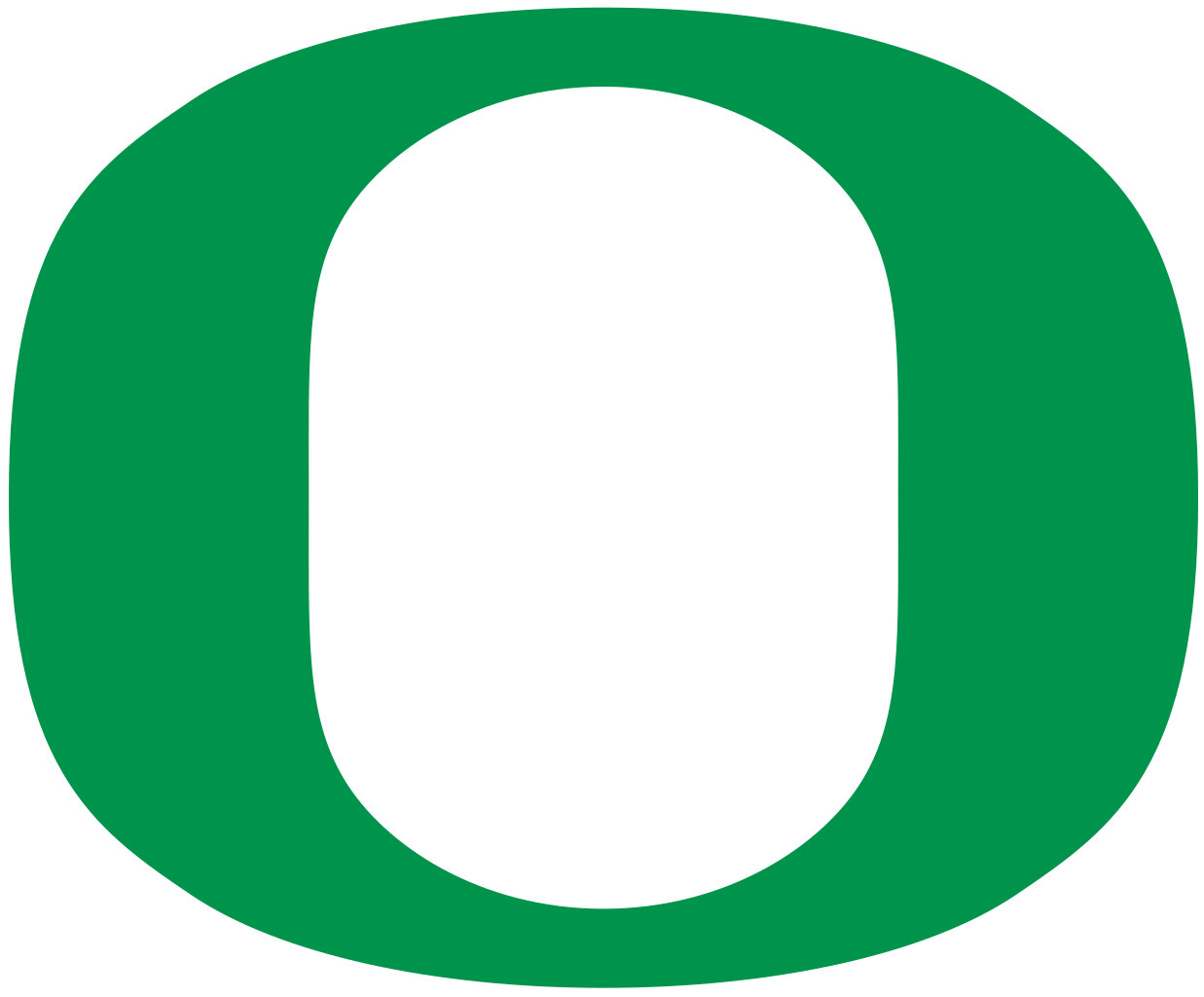
Education



Sports Data Experience
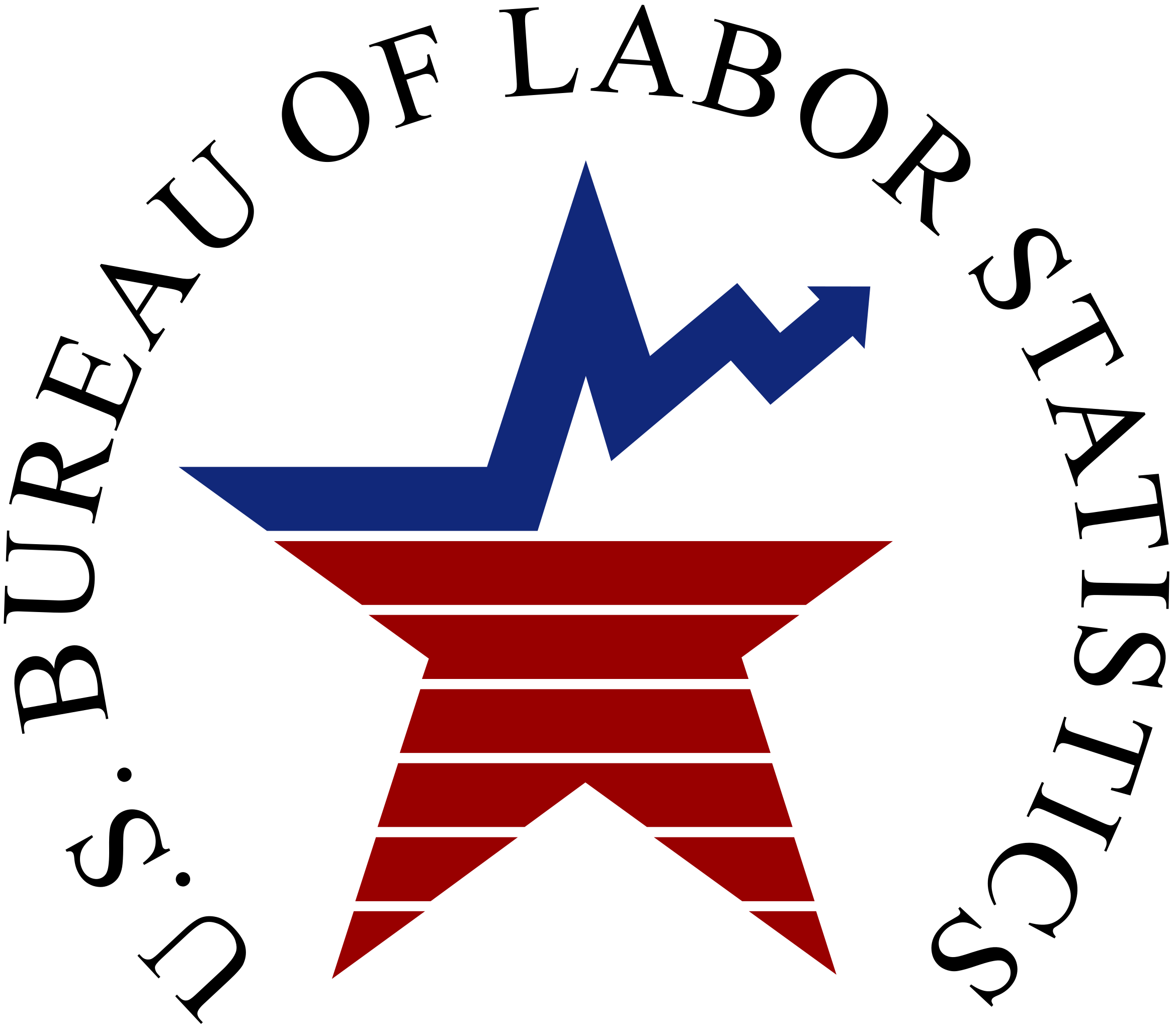

Non-Sports Experience
Bureau of Labor Statistics: Economist
Simpluris: Data Analyst
